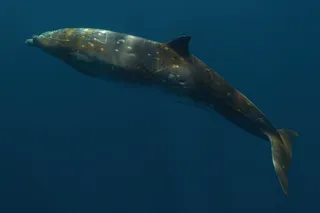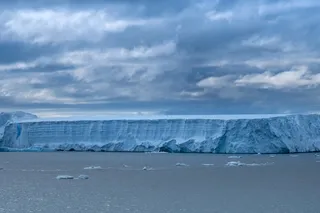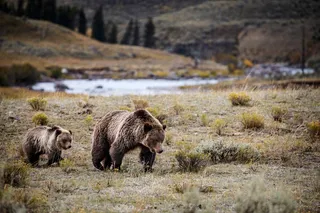If the Reverend Nevil Maskelyne came back to life, the 18th-century Astronomer Royal of Great Britain would probably have no trouble grasping the idea behind NASA’s remote sensing GRACE mission. Maskelyne proposed a remarkably similar experiment himself in a presentation to the Royal Society in 1772. “If the attraction of gravity be exerted, as Sir Isaac Newton supposes, not only between the large bodies of the universe, but between the minutest particles of which these bodies are composed . . . it will necessarily follow, that every hill must, by its attraction, alter the direction of gravitation in heavy bodies in its neighborhood ....”
That’s exactly what GRACE, the Gravity Recovery and Climate Experiment, detects. Every 94 minutes or so, twin satellites whip once around Earth at an altitude of 310 miles, taking 30 days to cover the planet’s entire surface, then they do it again and again, sensing variations ...














